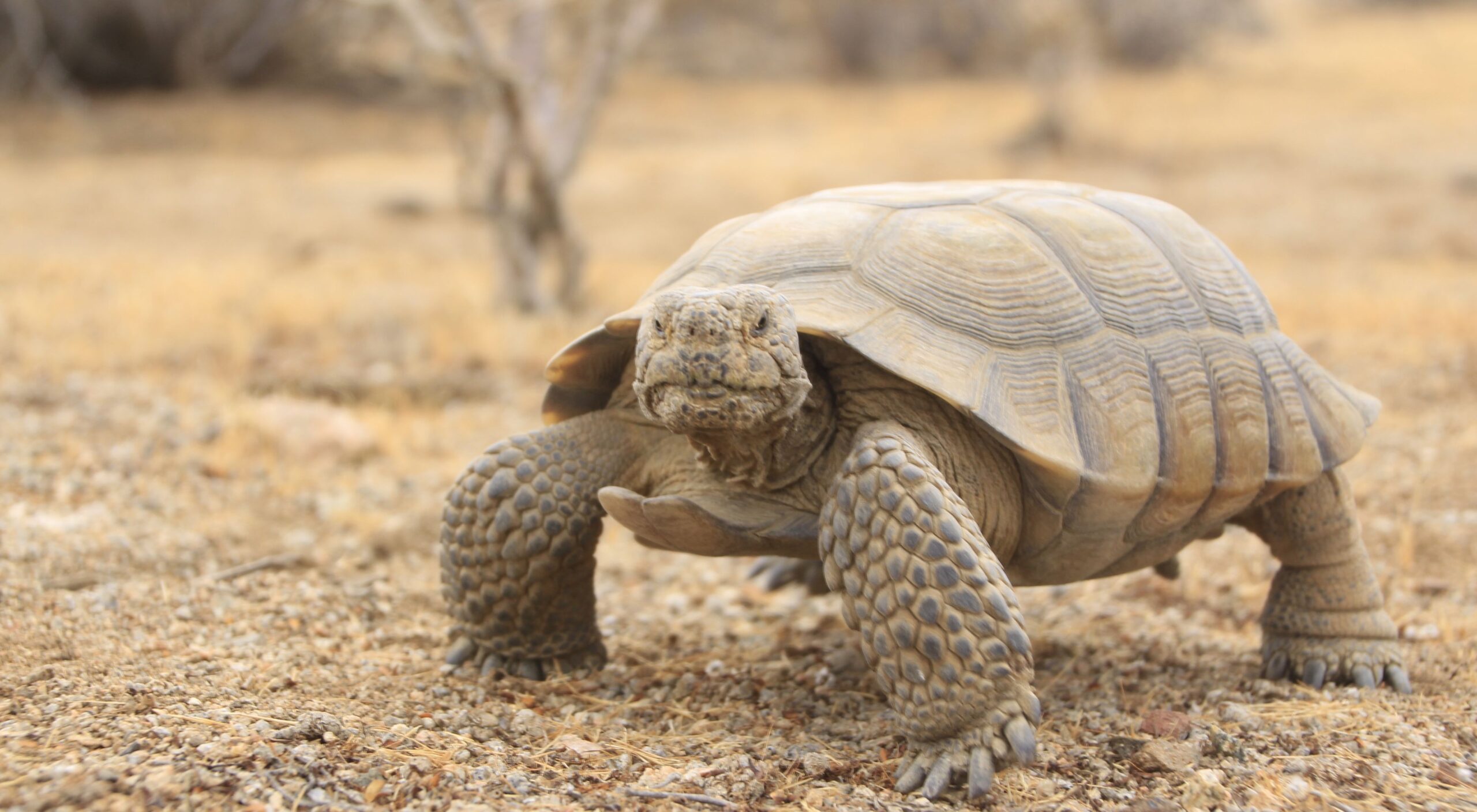Desert tortoises are fascinating creatures that inhabit the arid regions of the southwestern United States and parts of Mexico. They are known for their docile nature, longevity, and unique adaptations to their harsh environment. One common question that arises among tortoise enthusiasts and those interested in these reptiles is: “How big do desert tortoises get?” In this article, we will uncover the various factors that influence the size of desert tortoises and provide an understanding of their growth patterns.

Credit: en.wikipedia.org
Species and Subspecies
Desert tortoises belong to the genus Gopherus. There are two recognized species: the Agassiz’s desert tortoise (Gopherus agassizii) and the Sonoran desert tortoise (Gopherus morafkai). These two species have distinct geographical distributions but share some similarities in size and growth.
The Agassiz’s desert tortoise is found in the Mojave Desert region, while the Sonoran desert tortoise is found in the Sonoran Desert. Both species have various subspecies that exhibit some differences in size and appearance.
Growth Patterns of Desert Tortoises
Desert tortoises grow slowly, and their growth rate is influenced by various factors such as genetics, diet, environmental conditions, and overall health. As with most reptiles, desert tortoises continue to grow throughout their lifetime, albeit at a much slower pace as they age.
When desert tortoises hatch, they measure approximately 2-3 inches in length. As juveniles, they experience rapid growth and can reach lengths of 5-6 inches within the first few years of their lives. However, once they reach maturity, their growth rate slows down significantly.
Size Of Adult Desert Tortoises
The size of adult desert tortoises varies depending on the species and subspecies. On average, adult desert tortoises have a carapace (shell) length ranging between 8-14 inches. The Agassiz’s desert tortoise tends to be slightly larger, with some individuals reaching lengths of up to 15-16 inches.
It’s important to note that the size of desert tortoises can vary greatly even within the same species and subspecies. Some individuals may have larger and more elongated shells, while others may have shorter and more compact ones. Additionally, males typically have longer and thicker tails compared to females.

Credit: www.kqed.org
Factors Influencing Size
Several factors can influence the size of desert tortoises:
- Genetics: Like any living organism, genetics play a significant role in determining the size of individual desert tortoises. Some individuals may have genes that predispose them to larger or smaller sizes.
- Diet: A tortoise’s diet largely consists of plant material, and the availability of food sources can influence their growth. Tortoises with access to a diverse and nutritious diet tend to grow better compared to those with limited food sources.
- Environmental Conditions: The environmental conditions, including temperature and sunlight exposure, can impact the growth and overall health of desert tortoises. A proper balance of temperature and exposure to ultraviolet (UV) light is crucial for their growth and shell development.
- Health and Care: Desert tortoises that receive proper care, including regular veterinary check-ups, appropriate supplementation, and a suitable habitat, are more likely to grow to their full potential.
Conclusion
Desert tortoises are remarkable creatures that have captivated the interest of many people around the world. Understanding their growth patterns and the factors that influence their size can provide valuable insights for tortoise enthusiasts and those considering adopting these reptiles as pets.
While the average size of adult desert tortoises ranges between 8-14 inches, their actual size can vary based on factors such as genetics, diet, environmental conditions, and overall health. Whether you encounter a smaller or larger individual, observing and respecting these magnificent creatures in their natural habitat is an opportunity to appreciate their unique characteristics and adaptability to desert ecosystems.





Leave a Reply